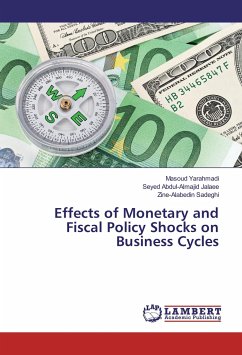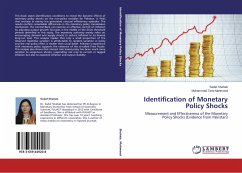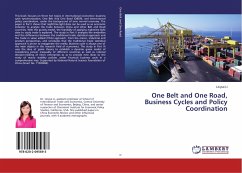One of the biggest and most influential challenges in countries and economic systems is to achieve the intended objectives towards prosperity and employment which is fulfilled by relying on both of the monetary and fiscal policies in macroeconomic. The main objective of monetary and fiscal policies is economic growth and increasing the government revenue and aggregate supply. Monetary policies, which are adopted by the central bank, change the money supply through changes in banks' required reserve rate, changes in the discount rate, open market operations. Fiscal policy is also formed based on the tools of government spending and tax rates. Meanwhile, the of the output gap benchmark is used for analyzing business cycles (the difference between actual and potential output). The present study is conducted to evaluate the asymmetric effects of monetary and fiscal policies shocks on the business cycles, in the period 1976-2014 using ARDL in Iran. The results suggest that monetary and fiscal policies affect the business cycles in Iran and the effects of positive fiscal policies are larger than the effects of the monetary policies.








